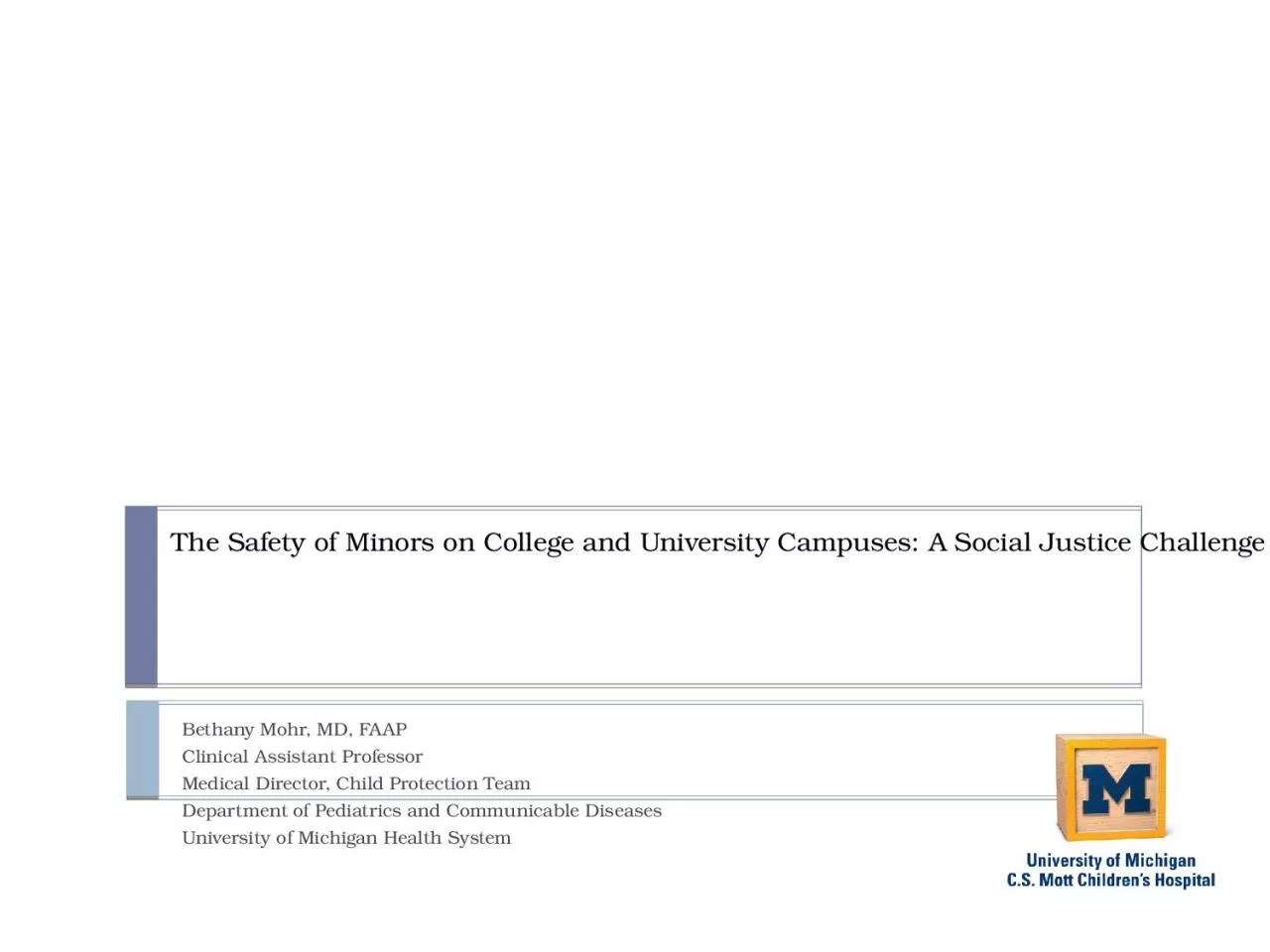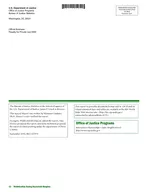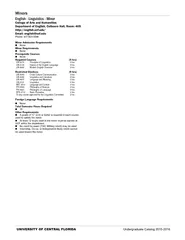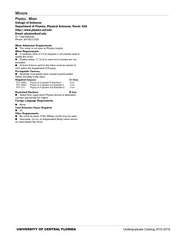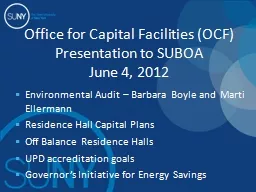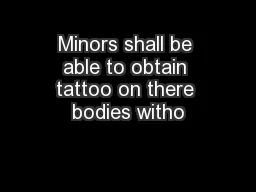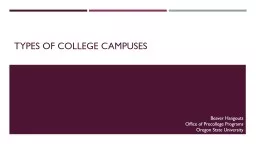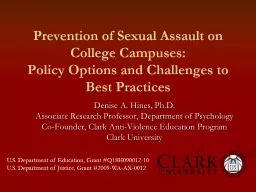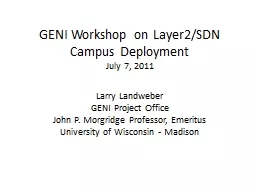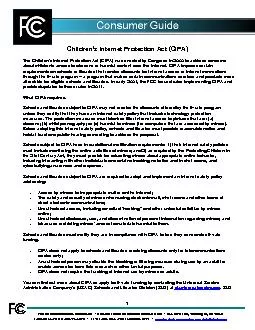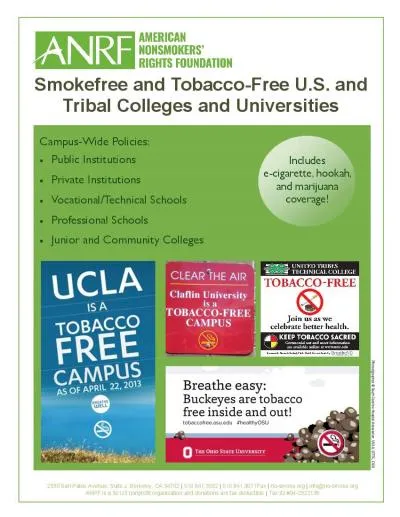PPT-The Safety of Minors on College and University Campuses: A Social Justice Challenge
Author : willow | Published Date : 2024-03-15
Bethany Mohr MD FAAP Clinical Assistant Professor Medical Director Child Protection Team Department of Pediatrics and Communicable Diseases University of Michigan
Presentation Embed Code
Download Presentation
Download Presentation The PPT/PDF document "The Safety of Minors on College and Univ..." is the property of its rightful owner. Permission is granted to download and print the materials on this website for personal, non-commercial use only, and to display it on your personal computer provided you do not modify the materials and that you retain all copyright notices contained in the materials. By downloading content from our website, you accept the terms of this agreement.
The Safety of Minors on College and University Campuses: A Social Justice Challenge: Transcript
Download Rules Of Document
"The Safety of Minors on College and University Campuses: A Social Justice Challenge"The content belongs to its owner. You may download and print it for personal use, without modification, and keep all copyright notices. By downloading, you agree to these terms.
Related Documents

